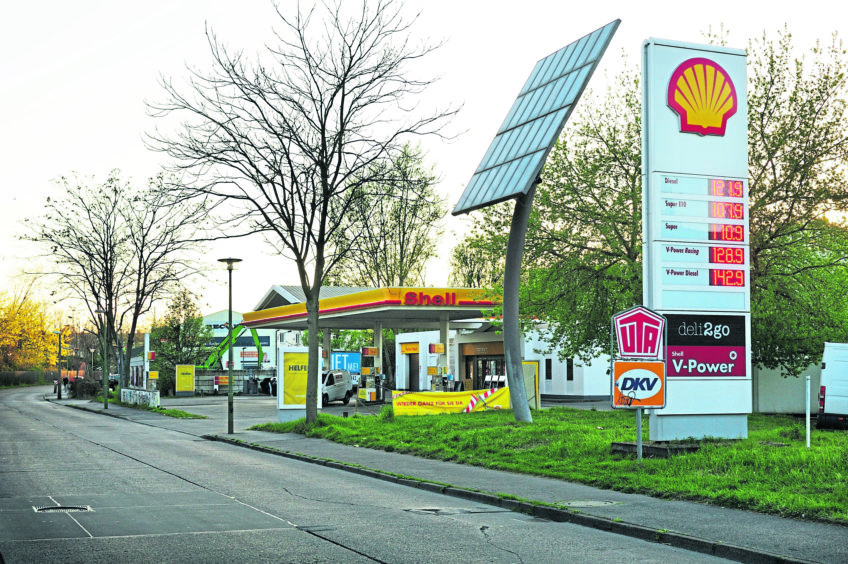
At a point when the world’s economic system is creaking and the oil market is suffering from its own supplementary crisis, it can be hard to imagine what may come next.
As talk in Europe and North America shifts to dialling down lockdown provisions, there is a sense the darkest days of oil demand the world has ever seen are coming to an end.
But what will come next?
Refiners in the US flagged the beginning of an improvement in demand during their first quarter results in late April.
For the full year, demand is projected by the International Energy Agency (IEA) to have fallen by 8.6 million barrels per day (bpd). There has even been talk that 2019 may have been the high watermark for fossil fuel demand.
“People will have to reset forecasts of peak demand and there is a good chance that will come much earlier than previously thought,” the managing partner of Bracewell’s London office Jason Fox said.
The major crunch was in April, with oil demand down by around 25-30m bpd. A slow response from producers, who did not comprehend the full extent of the crisis that combined the catastrophic early March Opec meeting with the demand impact of coronavirus, has seen storage fill dramatically.
Production cuts are now starting to bite, both from those opting to cut for strategic reasons and those that simply have no other choice.
IHS Markit has estimated that as much as 17m bpd of output – including nearly 14m bpd of crude – may be taken out of the market in the second quarter. The consultancy suggests demand is down 22m bpd over the three-month period, suggesting storage increased by 720m barrels.
Lockdown’s impact has been most keenly felt on the transportation side, with the use of passenger vehicles and aeroplanes seizing up.
“There has been an enormous shock to demand and anyone who claims they know when demand will resume, and whether it will return to the same path as before, is fooling all of us,” Access Corporate Finance CEO David Kotler said.
Beyond the short-term demand impact, though, there is a major question about what the world will look like after coronavirus – and various stages of lockdown around the world – has ended.
“If people go back to work but are wary of public transport this would lead to more driving and a significant recovery in petrol and diesel consumption,” Investec head of commodities Callum MacPherson said.
“The other line of reasoning is that working from home could continue for longer leading to a less rapid recovery in demand and, potentially, we could see a permanent structural shift towards more working from home that could entrench lower demand.”
Any sort of return to work will involve new thinking about how to maintain some degree of social distancing, with workspaces and transport hubs refashioned with an eye on reducing viral transmission.
Initial signs indicate travel by car is moving back to historic averages, but public transportation is recovering at a much lower level. The impact on air travel will be particularly significant. Rystad Energy reports jet fuel demand at 7.2m bpd in 2019.
“Airlines are hoping to resume some flying in June with a near-term aim of reaching maybe 50% capacity, rising to around 70% by the end of the year,” MacPherson said.
“Given the lack of demand, refiners are having to find more ways to blend excess jet fuel into diesel.”
As of mid-May, US flight statistics show travel is around 9% of what it was a year ago.
Kotler said airlines are facing “a period of severe disruption for some time – maybe a year or two”.
Decisions from industry and governments to cut spending and shut fields may set the stage for a price spike down the road, Kotler continued: “Changes in demand could see supply being unable to keep up, leading to a spike in price. It will not be this year, but anywhere from one to four years out – depending on the decisions taken today.”
Recommended for you
